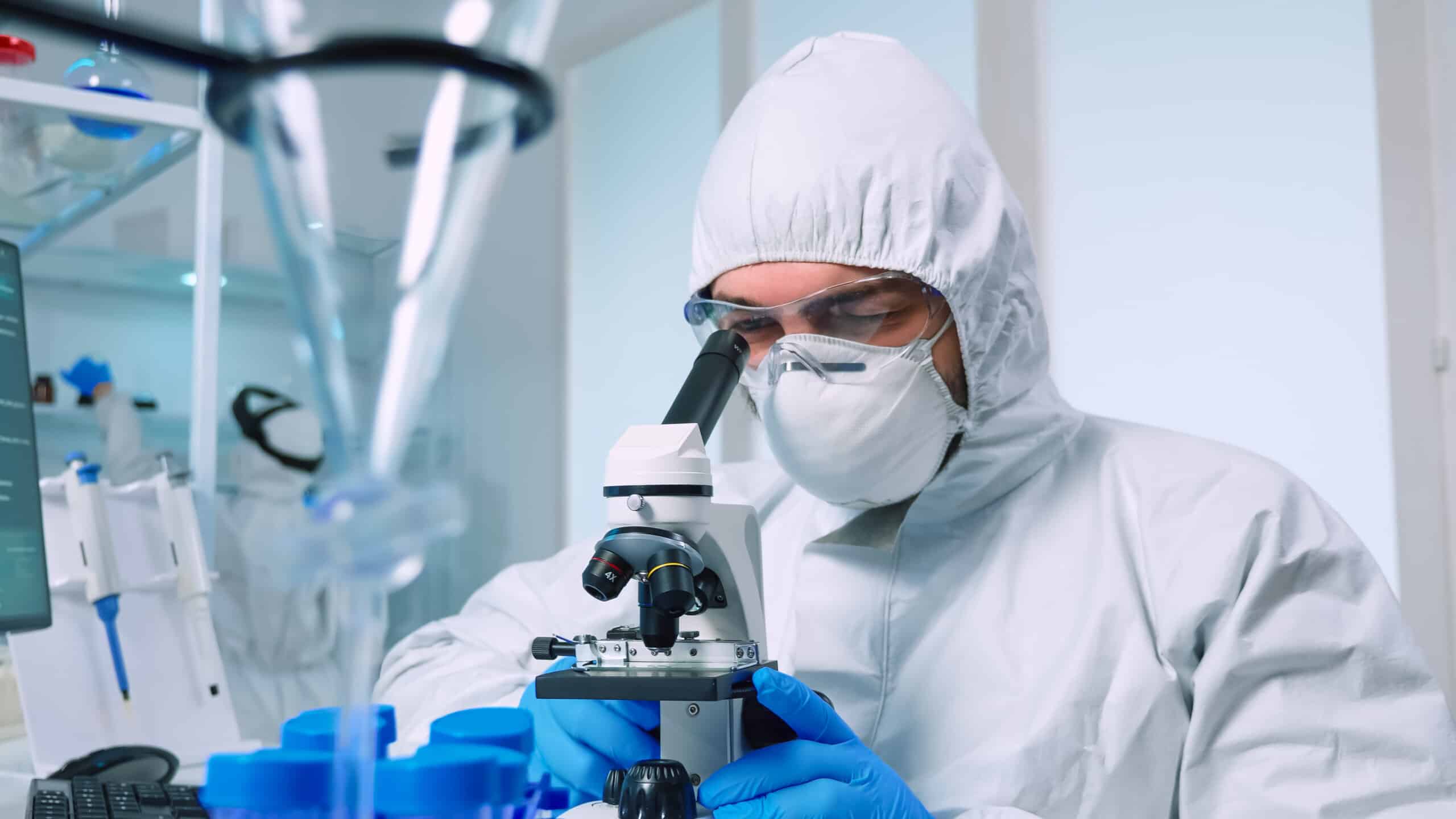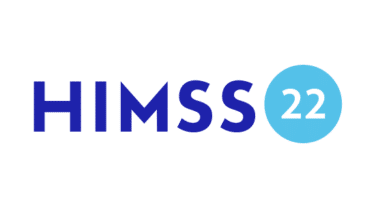As soon as COVID-19 was declared a public health emergency by the U.S. government on January 31, 2020, telehealth flexibilities were introduced to spur and maintain beneficiaries’ access to their primary care providers.
The pandemic has shown the world that healthcare can no longer exist without technology. The marriage between healthcare and technology has created a world without borders and has opened doors for global collaborations and implementation of best practices that the continent stands to benefit significantly from.
Dr. Ismail Badjie, an American-trained nuclear pharmacist and owner of IGH
In June 2020, the Department of Health and Human Services, through the Assistant Secretary for Planning and Evaluation, showed the evolution of these preventive actions.
Today’s ASPE report shows that Medicare providers and beneficiaries rapidly embraced these new opportunities. The meteoric rise of telehealth during the pandemic has not only helped us combat the virus but also prompted a new conversation around the future of patient-centered care.
Alex M. Azar, HHS Secretary
The report exposed that in April 2020, nearly half of Medicare primary care visits were provided through telehealth compared with less than one percent in February before a public health emergency was declared, revealing new customer behaviors that came to stay.
February 2020
0.1%
Medicare primary care visits via telehealth
April 2020
43.5%
Medicare primary care visits via telehealth
From June to early 2021, industries worked over the now indisputable idea that healthcare can no longer exist without technology, but not each of them will succeed if they don’t work into new solutions.
Technology has been so essential to the COVID-19 response at UPMC and other health systems that the line is now blurred between traditional healthcare and digital health. Technology and digital applications that were once not used to their full potential are now a permanent part of providing the best possible care for our patients.
Rob Bart, MD, chief medical information officer at the health system of the University of Pittsburgh Medical Center
In 2021, coronavirus has amplified the need to accelerate these technology advancements and patient adoption of the new methods. In this aspect, as Dr. Badjie points out, the healthcare industry needs to continue adding value to their services if they want to fulfill users’ demands. This is no longer a commercial need: as health systems worldwide are either collapsed or operating at full capacity, a technological reorganization of medical organizations is the only viable way to sustain an effective healthcare delivery.
According to a survey conducted by Sermo in April 2020, out of more than 1300 surveyed physicians, 90% are conducting some of their patient consultations via telehealth. This increase in telehealth for patient care does not seem to be slowing down despite reopening specific in-person procedures in some cities.
Over the next decade, and accelerated by global processes like the pandemic, healthcare will change beyond recognition, and that change will require innovation and investment. Software, either mobile or desktop, is rapidly becoming the first thing on users’ minds to solve problems. Ever since Steve Jobs introduced Apple’s “I have an app for that” market proposition, more and more users have come to expect that as a given, and organizations who don’t have the necessary teams or infrastructure to live up to those expectations are in dire straits.
Cooperation as a means to evolve
As COVID-19 rapidly spread throughout the world and toppled most national and local healthcare systems, citizens in need of treatment, testing, and eventually vaccination needed tools and interoperability to navigate the crisis. Many healthcare organizations are not using APIs because of industry complexity and the industry’s use of sensitive and protected individual health data.
Midway through 2020, Allata was called in to cooperate with a major healthcare technology provider to create a solution that allowed patients who switched to new providers and payers to access their clinical and insurance records easily and identify resources they can turn to for medical care. From ensuring their APIs were FHIR and HL7 compatible to assisting in architecture and product development, everyone on both sides showed unabiding commitment to complete the project on time, accommodating changing requirements and priorities amidst sprints. Allata also took the lead on looking at potential obstacles for the project and provided recommendations to overcome them without losing time or going off budget.
All over the world, technology is now considered an essential part of any healthcare system. Information technologies have transformed and improved healthcare delivery by reducing times, improving clinical outcomes, facilitating care coordination, and tracking patients, professionals, and institutions. Providers without optimized processes will inevitably lag behind their competitors, and partnerships with external firms appear to be the best alternative, as it streamlines an otherwise costly and burdensome process.



